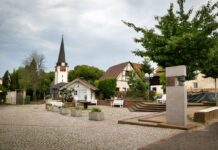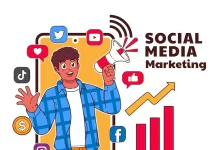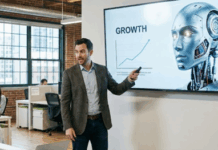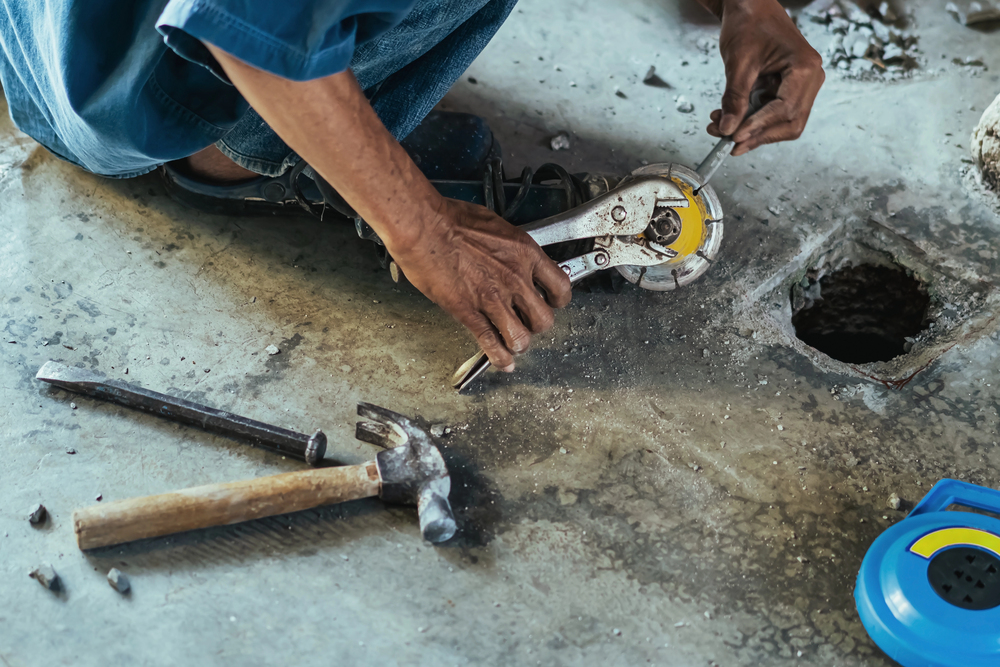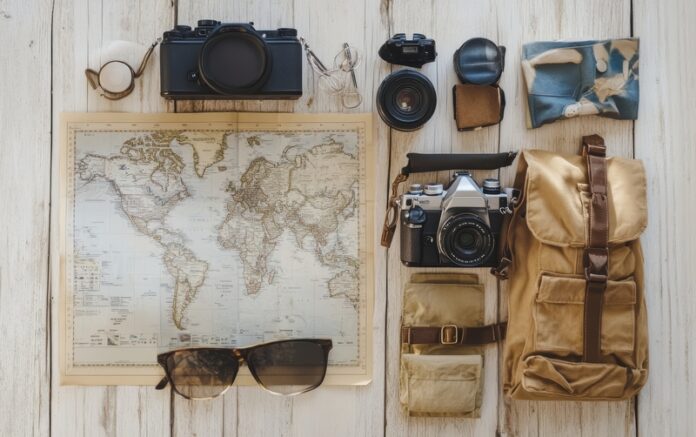
In every creative career, there comes a moment when the work you feel most drawn to doesn’t exist yet, so you have to create it yourself. For photographers and entrepreneurs alike, that moment can spark your most meaningful growth and most public buzz. This story is about one of those moments for me: a personal project that started as an act of giving back but evolved into a case study on how access, timing, and community can shape opportunity. Whether you’re building a business, brand, or creative body of work, the lessons here apply to anyone trying to carve out their own space in a crowded world.
Going Where No One Else Can
Every year, I try to give back to my community through pro-bono photography. In 2024, I felt pulled toward Chimps Sanctuary Northwest. The catch? The sanctuary isn’t open to the public.
This remarkable refuge in Cle Elum, Washington, provides lifelong care for chimpanzees discarded from entertainment, the pet trade, and biomedical testing. I reached out, explaining that I wanted to use my camera to raise awareness for their work and tell the stories of these incredible animals.
On my very first visit, I met Rayne, a 34-year-old chimp rescued from a university in New York. A few days later, she pulled up a stool to the glass and locked eyes with me. In that quiet moment of recognition, I realized I wasn’t just photographing animals, I was being invited into their world.
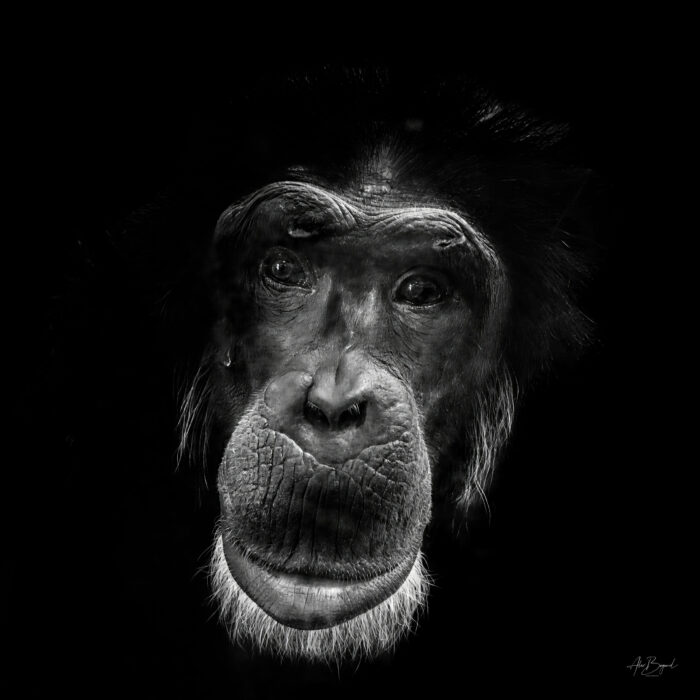
Because the sanctuary isn’t open to visitors, my challenge became clear: how do I bring the unseen into view? That tension—nobody else having access, yet the story needing to be told—was daunting, but also exhilarating. And ultimately, it became the very reason the project stood out.
Lesson: Sometimes your advantage is the obstacle itself. What feels like a barrier might be the thing that makes your work singular. For entrepreneurs, that’s a powerful reminder that limitations can actually define your niche and create the most public buzz. When access or resources are restricted, innovation fills the gap and that innovation becomes your differentiator.
A Timely and Relevant Project
As I started photographing, chimps were already in the cultural conversation. HBO Max had just released Chimp Crazy, exposing the dark realities of the exotic animal trade.
Chimps Sanctuary Northwest’s mission couldn’t have been more timely or more different. It was about rescue, dignity, and care. I wanted my photos to remind people that chimpanzees aren’t props or pets, but social, intelligent beings who deserve space, community, and safety.
By giving the public a behind-the-scenes look at the sanctuary, I hoped to shift the story away from glorification and toward responsibility.
Lesson: Pay attention to the cultural moment. When your work connects to a broader conversation, the impact multiplies, creating the most public buzz. For entrepreneurs, timing is everything. When you align your brand or project with the conversations people are already having, your message travels further and faster. Relevance builds resonance and resonance builds opportunity.
Reinvesting in Community
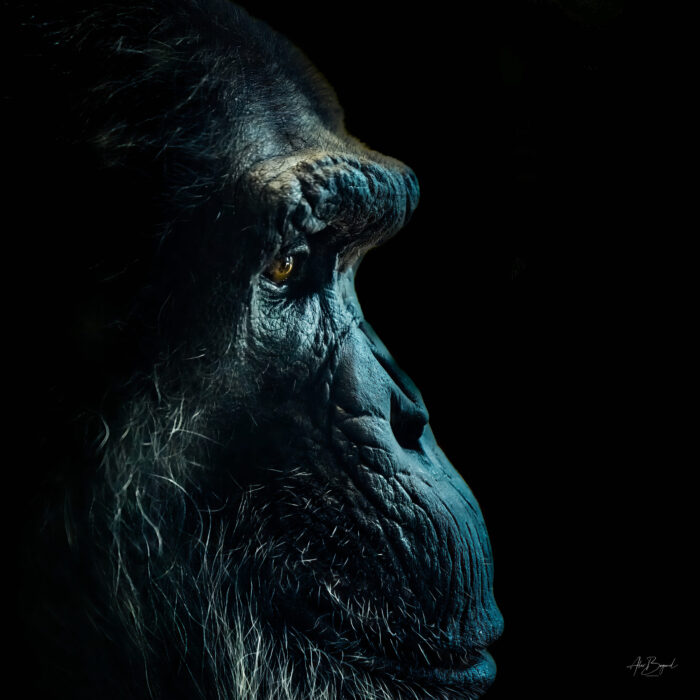
Another reason I was drawn to this project was proximity. The sanctuary is just ten minutes from my gallery. Many of my neighbors supported it in some way, yet most of us didn’t fully understand the scale of what it takes to care for these chimps.
A chimpanzee taken from the wild or born in captivity will spend its life in captivity, requiring decades of medical care, nutrition, and social support. By photographing the sanctuary’s facilities and staff, I wanted my community to see the commitment right in our backyard.
For me, giving back locally isn’t just important, it’s necessary. While the original photo series has wrapped, I continue to fundraise for the sanctuary and draw inspiration from the dedicated staff and the chimps themselves.
Lesson: Big impact often starts small. Reinvesting in your own community builds trust, relevance, and staying power for any kind of work. Entrepreneurs often chase scale before they’ve built roots. But when you focus on serving the people right in front of you — your local audience, your first customers, your team — you create a foundation that lasts. Local trust often becomes the launchpad for broader recognition and most public buzz.
What Other Entrepreneurs Can Take Away
This project reminded me that the work that resonates most often comes from the intersection of three things:
- Access others don’t have — go where no one else can.
- Cultural relevance — tie your story to the moment people are paying attention.
- Community roots — start by making a difference close to home.
Whether you’re an entrepreneur, a creator, or anyone trying to build something meaningful, don’t chase what’s already out there. Create what you can’t find. That’s where the buzz and the impact will follow.
Find a Home-Based Business to Start-Up >>> Hundreds of Business Listings.











